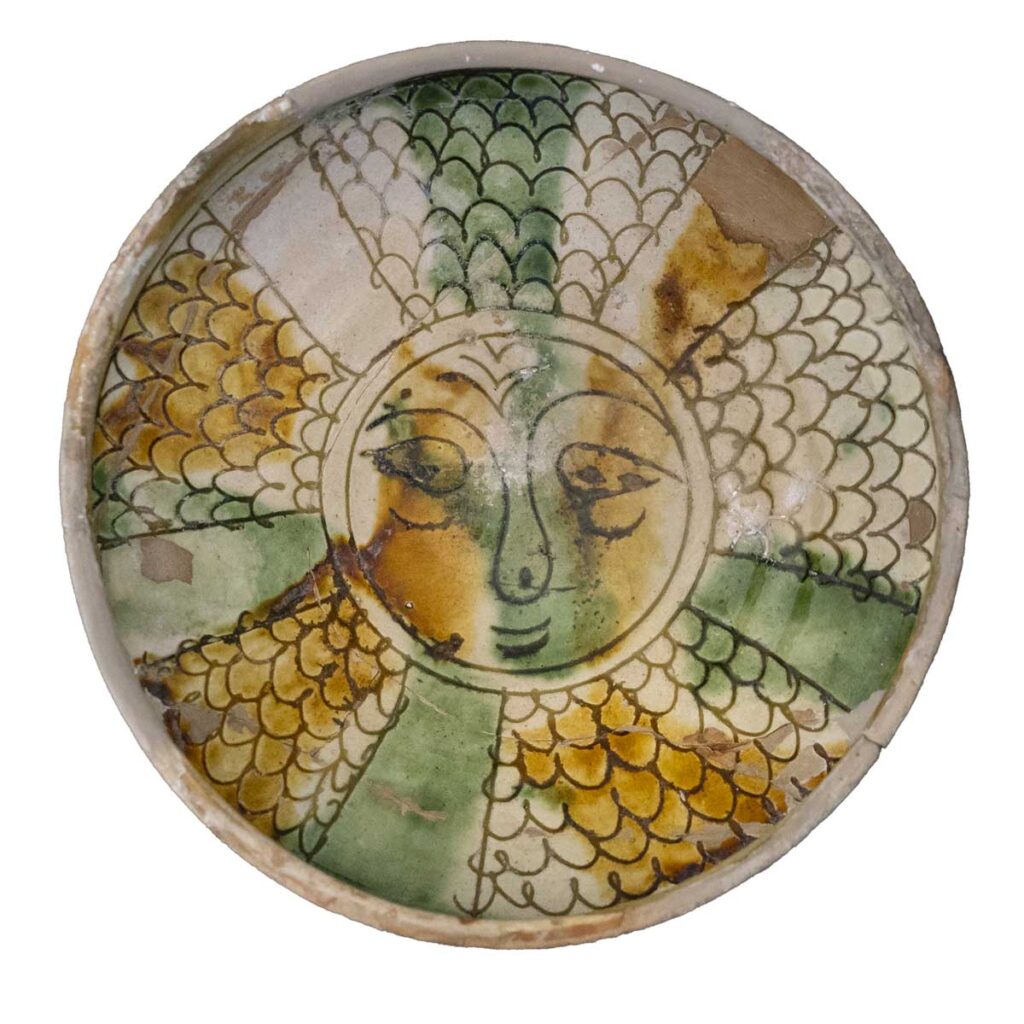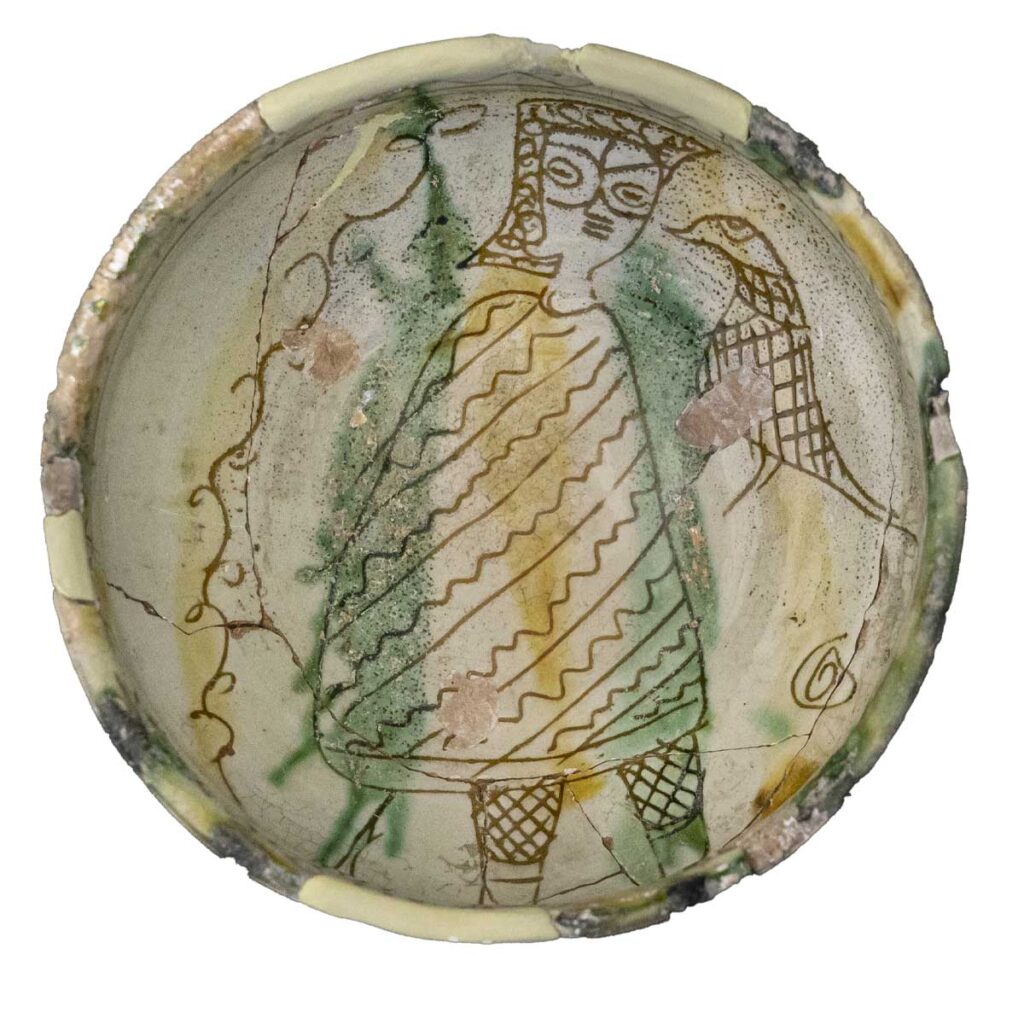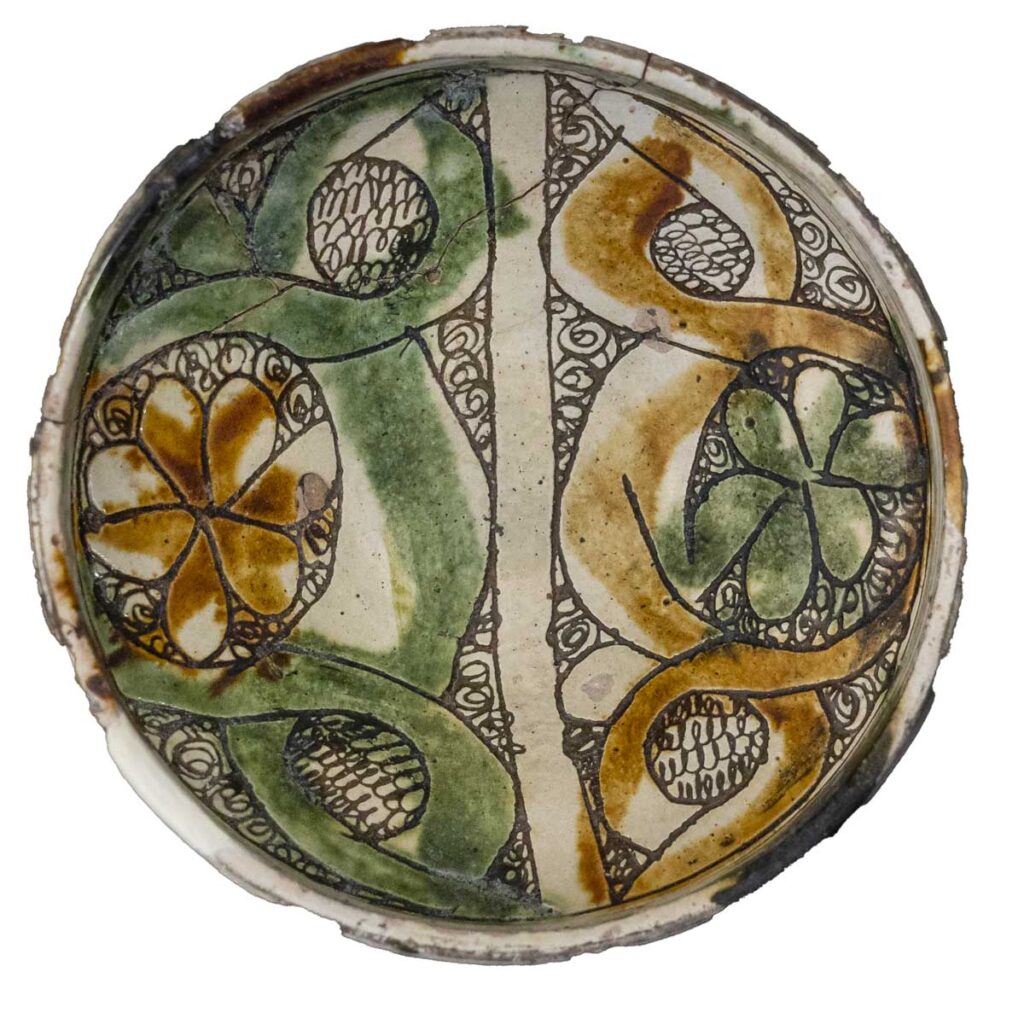Medieval Ceramics Collection
The Leventis Municipal Museum of Nicosia owns one of the richest collections of medieval Cypriot glazed ceramics. Its presentation in the Museum traces the path of its development from the 13th century to the 16th.
The local Cypriot production of glazed pots made its appearance in the early 13th century in the region of Paphos and went on to thrive throughout the entire 13th and 14th centuries. During the 14th century the area of Engomi, near Famagusta, also appears to have been a production centre for glazed pots.
In the course of the 15th century the wares of a different production centre flooded the Cypriot market with glazed ceramics: Lapithos, along the slopes of Pentadaktylos in the northern part of Cyprus, has preserved the tradition of glazed ceramics to our days. Recent studies reveal that Nicosia had not only been an area of consumption of glazed pots, but also one of production.
With a few exceptions, Cypriot glazed ceramics were tableware, in their vast majority decorated with the sgraffito technique on white slip, often enriched by brown-yellow and green brushstrokes; slip-painted wares also came into view. Though they kept within the tradition of Byzantine ceramics, their decorative motifs, including knights, chatelaines and coats of arms, attest the obvious influence of the Crusader kingdom of the Lusignans.





